Pilates’ Leg Pull Exercises
Explore these Two Matwork Exercises that are Small Choreographically but Large in Their Impact
Leg Pull Front & Leg Pull
If you're ready to dive deeper into your Pilates practice, let’s look at two often overlooked yet potentially transformative mat exercises: Leg Pull Front and Leg Pull.
FYI, there is a video tutorial all the way down at the bottom of this post
Checking in at numbers 25 and 26 in Joseph Pilates’ original 34-exercise mat sequence, these two come toward the end of the flow when fatigue is settling in.
But why place these exercises there?
What are they meant to teach us?
And how can we execute them effectively, even when we’re running on our last reserves of energy?
If these two exercises are included in your session then what can you glean? Leg Pull Front especially looks like you’re not doin’ a heck of a lot but both of them can help you check in with your control, proprioception, strength, and focus. They serve as a kind of “flow check” inviting you to find stability and precision in movement even when your body is fatiguing from the earlier exercises.
Understanding Leg Pull Front and Leg Pull
The HOW
Leg Pull Front starts in a plank position, with your chest facing the floor, legs zipped together in a strong line, shoulders over wrists.
FYI, the Guinness world record holder for the longest plank is 9 hours, 38 minutes, and 47 seconds for a male, and 4 hours, 30 minutes, and 11 seconds for a female! More power to them but I always just ask myself one thing: Why??
Back to OUR plank, as you hold a beautiful long line from your head to your heels, you’ll alternate lifting one leg behind you, extending the hip as much as possible without compromising form. I.e. no bum lift or shift of the shoulders. This teensy movement is a full-body challenge, but its simplicity is deceiving! The core remains engaged throughout, you find your two way stretch, and you energetically keep the shape alive, ensuring no part of the body wavers as each leg lifts and lowers.
Now for Leg Pull, which is a 180 degree flip of LPF. The exercise begins in a reverse plank position with your chest and hips facing up to the ceiling. Pay attention to where your fingers end up because that will give you more information to your shoulder placement. I find it’s easiest to have your fingers facing away from your body.
Gravity here is in full play on your back, hips, and legs (I know - the whole shebang) which makes maintaining stability particularly challenging. This is less familiar territory for most of us since we’re accustomed to regular plank positions, not reverse planks. The balance required here demands not only strength but exceptional connection into your midline. One of the hardest parts is not only keeping your hips up but keeping them level and steady as each leg lifts.
Here’s the bullet point version to master these two nuggety exercises including the Transition (with a capital T).
Leg Pull Front:
Begin in a high plank position, shoulders over wrists, legs together, forming a straight line.
Engage your low, deep abdominals to support your low back, and lift one leg up behind you, aiming to extend at the hip without letting the pelvis tilt or the shoulders shift.
Lower that leg back down, then switch to the other side, repeating for a total of three sets (right-left-right-left-right-left).
Make sure to connect your breath. Generally you’ll inhale for the lift and exhale for the lower but this can (and should) be reversed -as long as you’re breathing!
Transition:
After finishing Leg Pull Front, you’ll need to transition to Leg Pull. This shift can be challenging, as it involves significant core stability, shoulder and upper back mobility and strength:
From your plank, move one hand toward the other.r so you can swivel to a side plank.
Pick up the other arm and swivel to a side plank.
Sneak your back foot forward as you pivot to face upward, ending in a reverse plank position.
*Note* if you make it though this, your fingers should be facing backwards.
Engage your upper back and shoulders as you stabilize in this reverse plank.
Leg Pull:
From your reverse plank, lift one leg at a time, aiming to keep your hips as steady, even, and high as possible.
As above, alternate the kicks for a total of three sets, focusing on precision and control.
Here’s JP with his instructions:
WHY These Exercises Matter
Why should you keep these two exercises in your Pilates practice?
I don’t know about you but when I’m at the end of my Pilates session and am tired, I just want to blow by these to finish and be done.
However, if one of my goals is to stay present then these two are exactly what I need!
Leg Pull Front and Leg Pull challenge our endurance.
They challenge our mental focus even as the temptation to rush or relax becomes stronger.
They demand that we stay connected to each movement, maintain our form, and find the beautifully supportive feeling of oppositional energy.
Hmm, these exercises also reinforce something that you’re working on from your very first Pilates session: the dissociation of the leg from the pelvis.
This means you’re stabilising the hips while figuring out how to move the legs independently inside the hip sockets. This foundational skill makes it easier to build core strength and move with ease. Leg Pull Front and Leg Pull emphasise this concept beautifully, pushing you to achieve greater overall body awareness and pelvic stability.
In Leg Pull Front, the goal is to lift your leg without disturbing the alignment of the hips, neck, or head. This requires a deep core engagement that keeps the pelvis and torso steady, isolating the movement to the hip.
In Leg Pull, the reverse plank position forces you to work against gravity to keep your hips lifted, emphasising back, hip, and shoulder strength.
Layering
Remember the Pilates Method is built on layering.
What comes before influences, informs, and enhances, what comes afterwards. Here are some previous Mat exercises that help lay the groundwork for better Leg Pull Fronts and Leg Pulls:
The Hundred - how do you negotiate holding up the weight of the hips and legs?
Single Leg Circle - can you figure out how to move the leg while keeping the pelvis still?
Swimming - work on the deep connection of the shoulder blades onto the ribs, and the lift of the back.
Swan, Single Leg Kick, Double Leg Kick, Shoulder Bridge, Scissors, Bicycle - find all the information to be garnered about upper back strength and shoulder mobility and strength from these extension exercises.
The Wrap Up
These two exercises may seem small, but they pack a powerful punch. They not only strengthen your body but also cultivate patience, precision, and focus. All those good Pilates Principles!
Who knows, building your proficiency in Leg Pull Front and Leg Pull may just be the key to unlocking the next level of your Pilates practice?? You know, the one where strength, control, and flow seamlessly intertwine?
As always thanks for joining me on this deep dive!
I hope you’re inspired investigate or revisit Leg Pull Front and Leg Pull with a fresh perspective.
If you like this then make sure to check out my exercise deep dive posts on other Pilates exercises. There’s always more to learn as we work on mastering Jospeh Pilates’ timeless method.
Don’t forget the video tutorial below Joe’s quote
Be Well,
xBec
The information contained above is provided for informational purposes only. The contents of this blog are not intended to amount to advice and Rebecca Forde disclaims all liability and responsibility arising from any reliance placed on any of the contents of this post



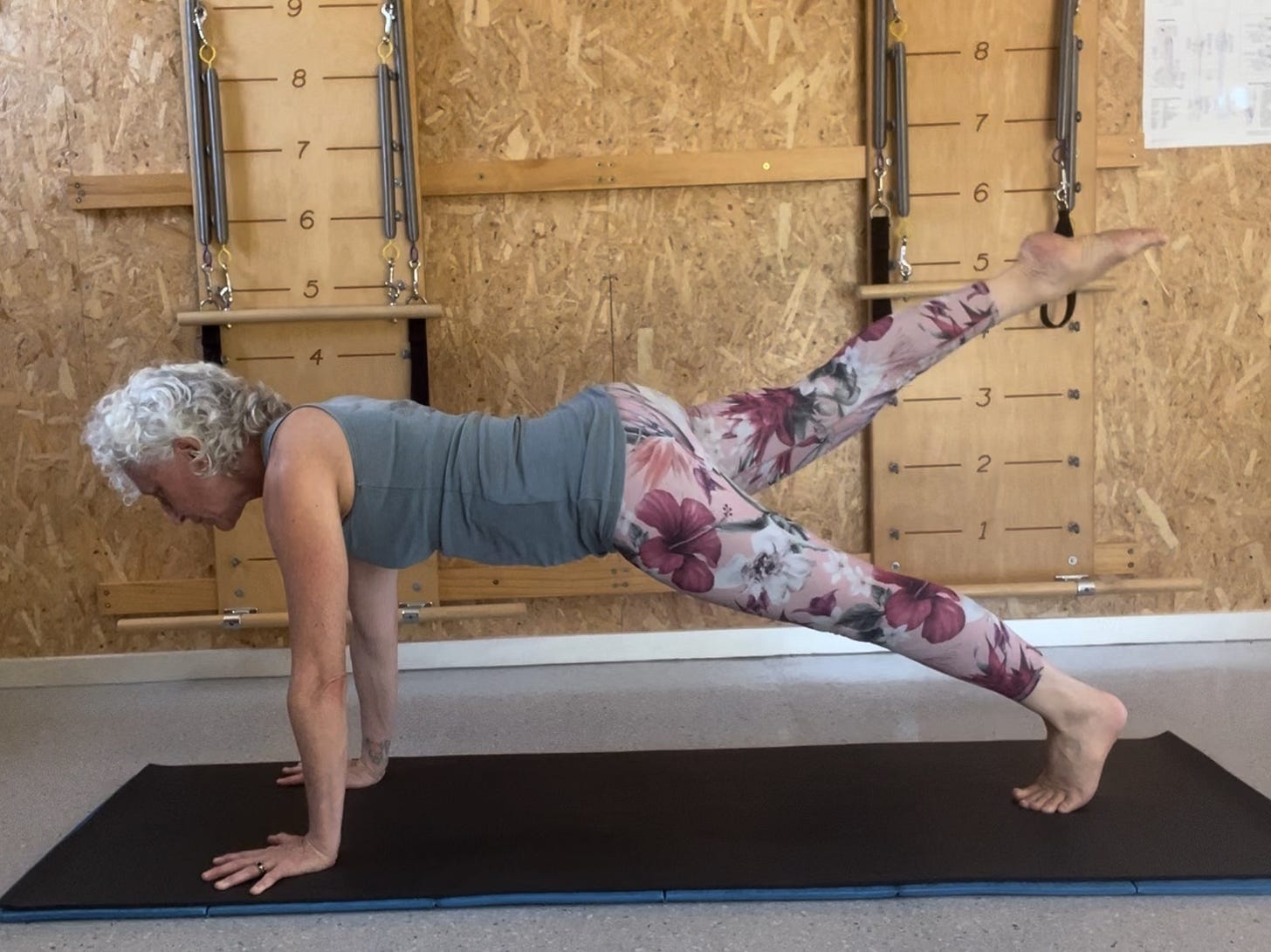
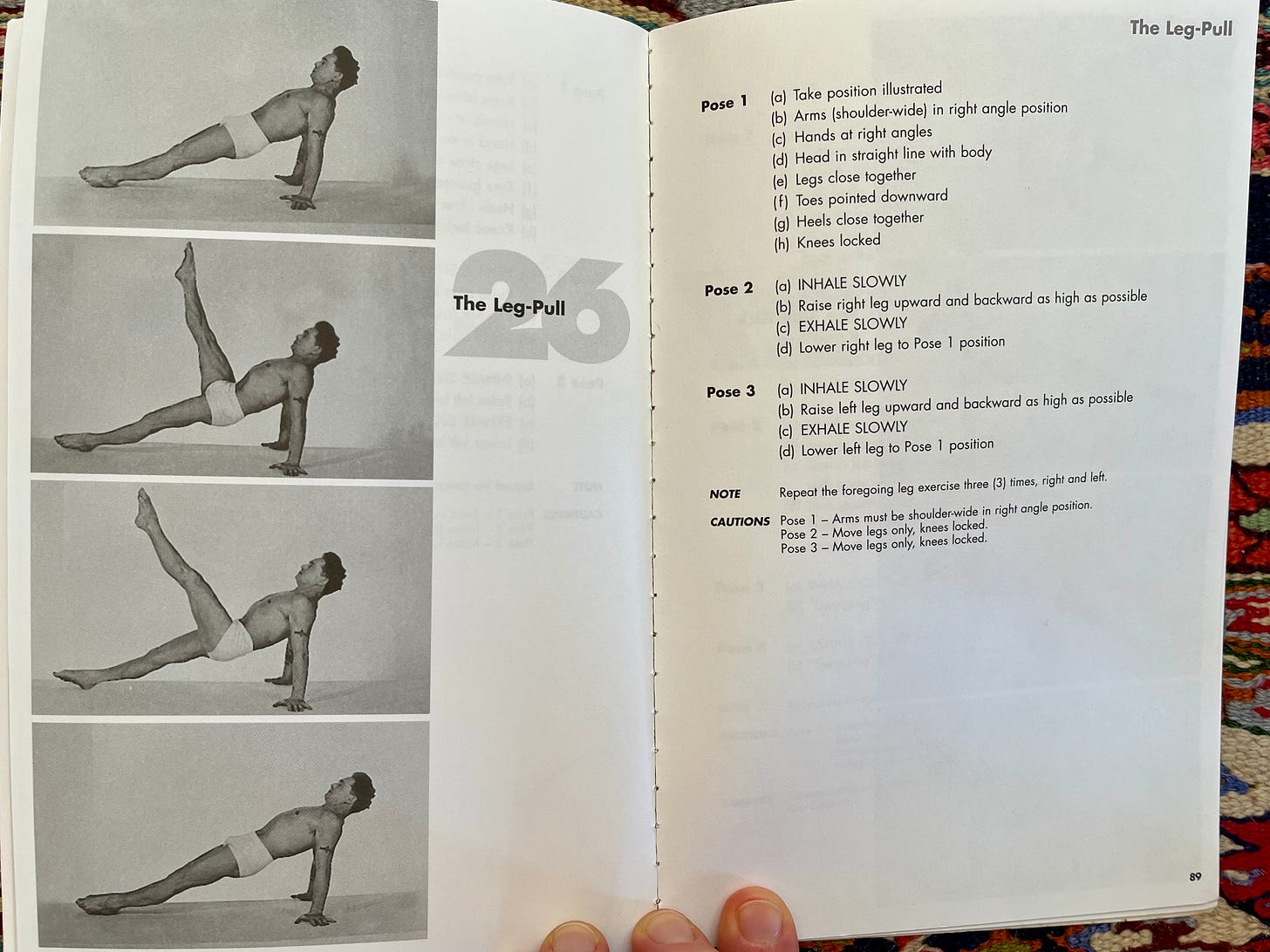
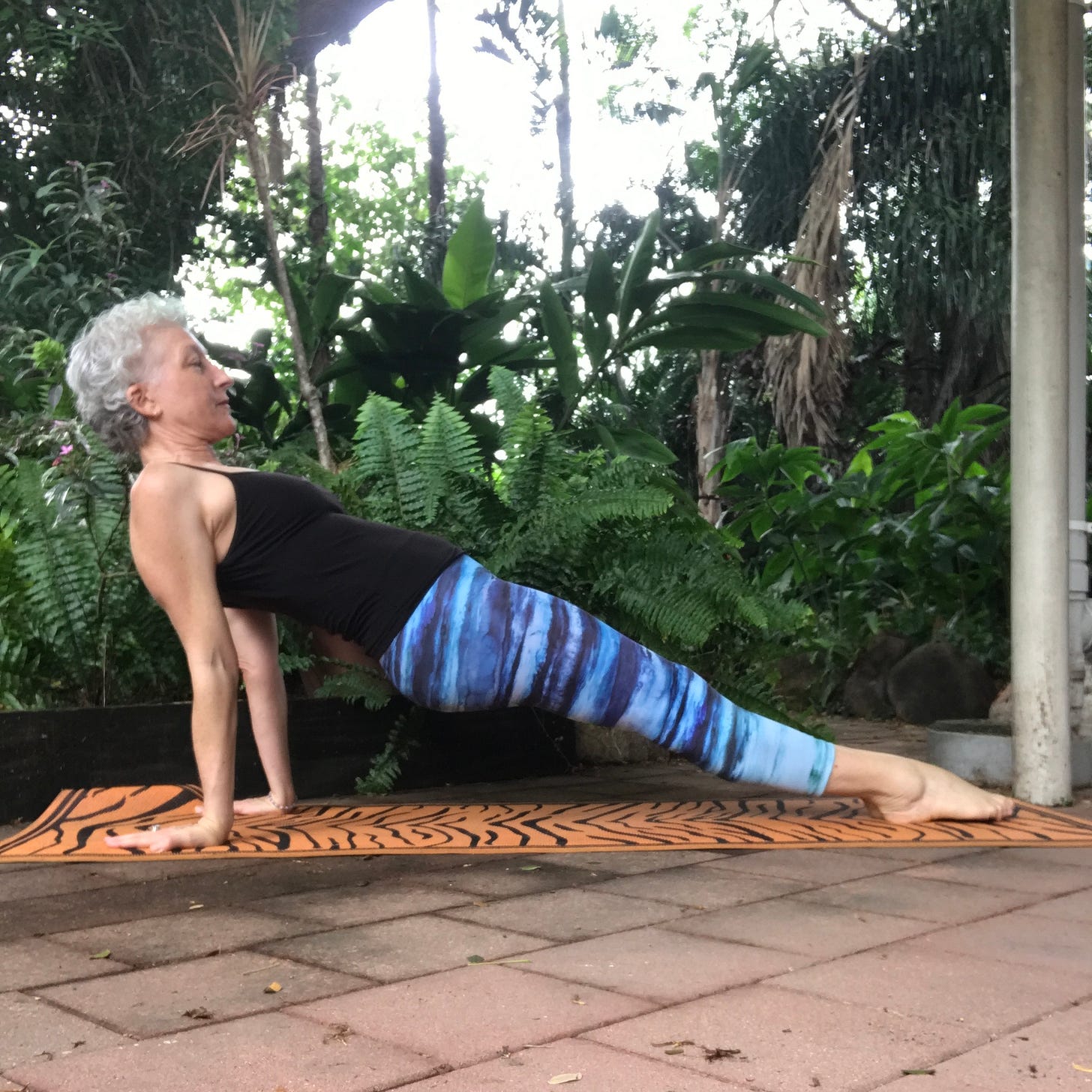
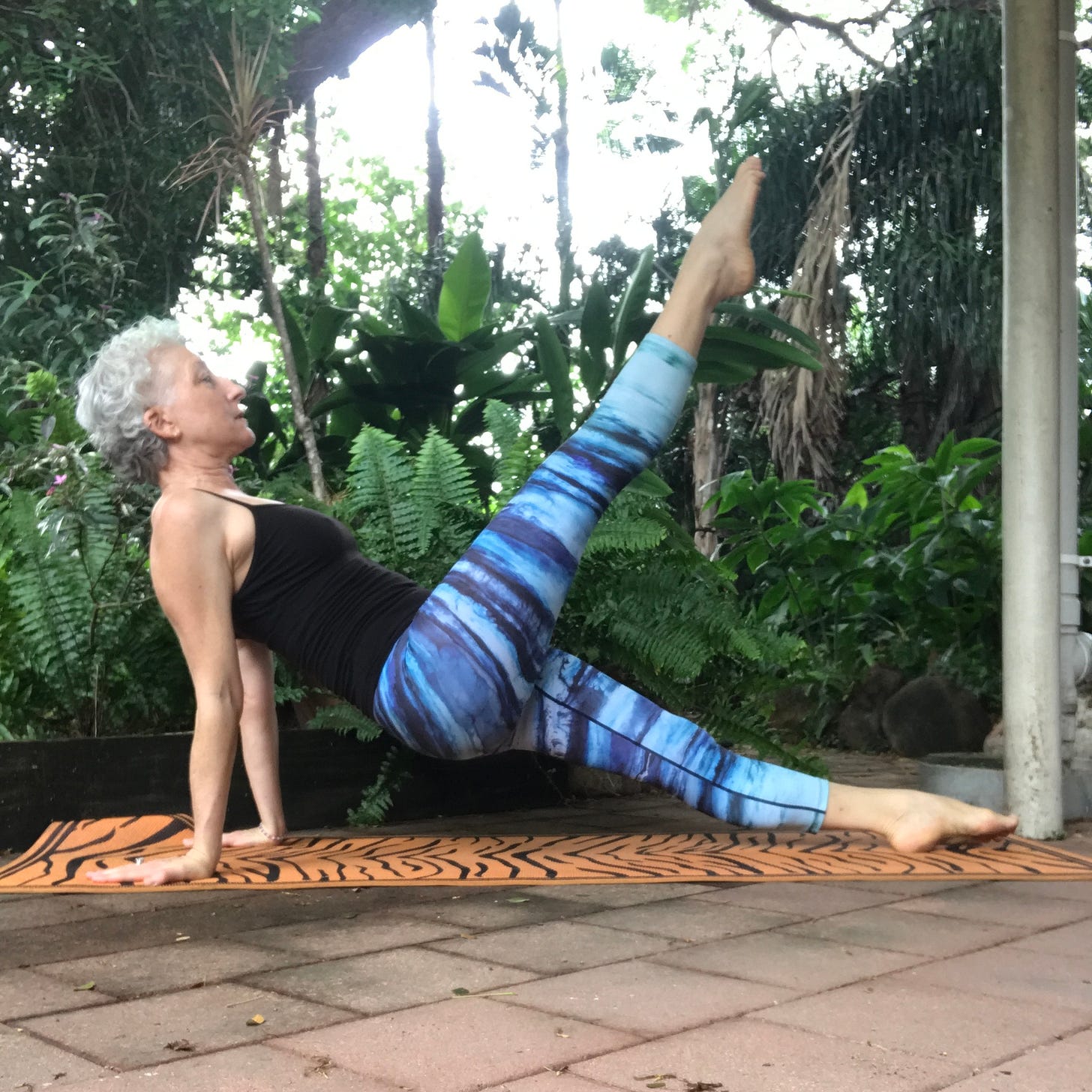
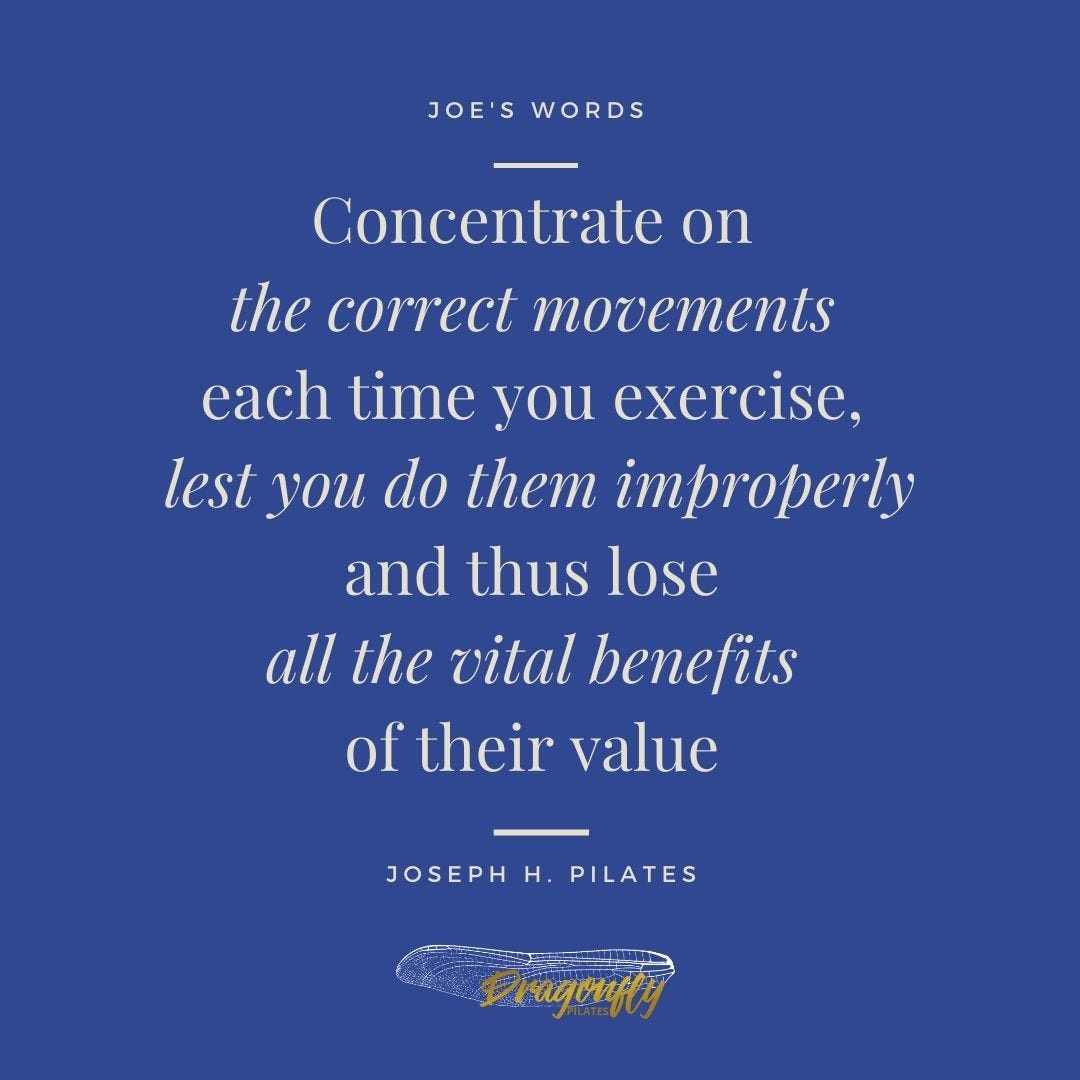
Wow. I was fiddling around this morning trying to get my knees to lock to do a standing T position with a bend and stretch motion in the supporting leg. this problem with my knee not locking is what holds me back in this leg pull back exercise. I just don't have the stability that is required to do it. Anyway what i did this morning was to put a spikey ball behind my knee and I really squeezed it tight for a couple of minutes to wake it up which did help on the one side but not the other. Then I rolled my inner thigh on the spikey ball especially around the knee area which was a bit of a circus and hey presto my knee locking mechanism kicked in. I haven't had time to try this "wake up" routine for leg pull back but I will definitely let you know if it works. I LOVE the roller idea.... I know it will work for me!! Great idea!!